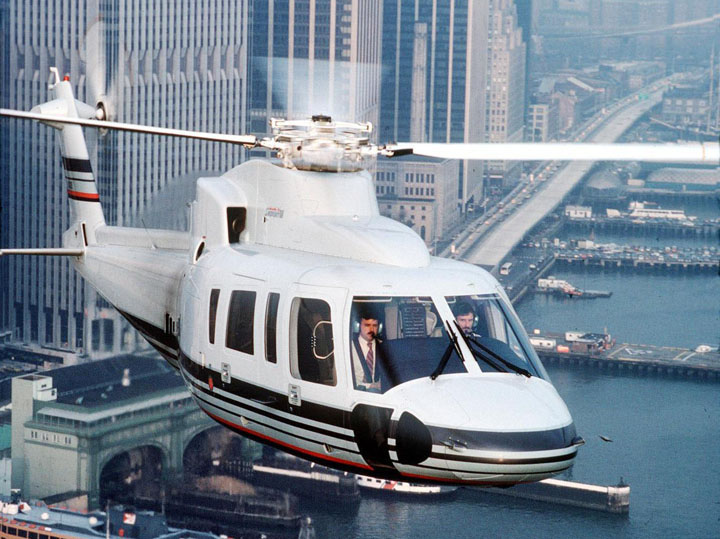

On 4 February, Nick Lappos, who had made the first flight with the prototype S-76 nearly five years earlier, set a record of 335,50 kilometers per hour (208.47 miles per hour) over a 3-kilometer course (FAI Record File Number 1261, Class E-1d), and 342,61 km/h (212.89 m,p,h.) over a straight 15/25 kilometer course (1262). Flying in the E-1e class for heavier helicopters, Billy Kramer ¹ flew both the 3 kilometer and 15/25 kilometer course at an average 340,48 km/h (211.56 m.p.h.) (1828, 1829).
On 5 February, Byron Graham, Jr.,² flew the S-76A to 3,000 meters (9,843 feet) in 3 minutes, 11 seconds (1819); to 6,000 meters (19,685 feet) in 8 minutes, 37.3 seconds (Class E-1d, 1821); and a sustained altitude of 7,940 meters (26,050 feet) in level flight (Class E-1D, 9947).
On 6 February, David R. Wright averaged 331,22 km/h (205.81 m.p.h.) over a 100 kilometer closed circuit without payload (Class E-1d, 1264), and 334,69 kilometers per hour (207.97 m.p.h.) over a closed circuit of 100 kilometers without payload (Class E-1e, 1265).
After taking a day off, the Sikorsky S-76A was back in the air on 8 February, this time with Thomas F. Doyle, Jr., flying the helicopter over the 500 kilometer closed circuit, without payload. The Sikorsky averaged 345,74 km/h (214.83 m.p.h.) (Class E-1, 1844, E-1e, 1845). This was also an Absolute World Speed Record for helicopters (Class E, 11660).
On the last day of the series, 9 February 1982, David R. Wright was back in the cockpit of N5445J. Flying the 1,000 kilometer closed circuit without payload, the S-76A averaged 305, 10 km/h (189.58 m.p.h.) (Class E-1e, 1827).
After 41 years, nine of these twelve Fédération Aéronautique Internationale world records still stand.
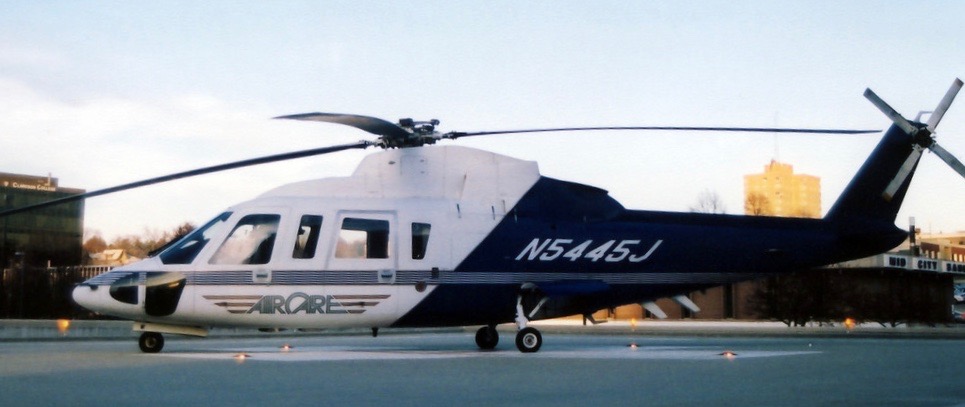
N5445J was owned by Rodgers Helicopter Service, Kearney, Nebraska, and operated as an air ambulance by Good Samaritan AirCare until its U.S. registration was cancelled, 10 July 2006.
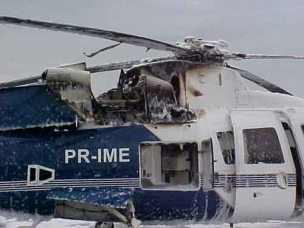
The record-setting helicopter eventually found its way to Rio de Janeiro, Brazil. Owned and operated by Atlas Taxi Aereo, 760178 had been re-registered as PR-IME and was transporting Petrobras employees to offshore oil production platforms.
At approximately 8:30 a.m., 29 December 2008, PR-IME had departed Macaé Airport enroute Platform P-12 in the Campos Basin with 7 persons on board.
Shortly after takeoff, the flight crew observed an AC generator caution light and returned to the airport. Before landing, a fire warning light also illuminated. Upon landing on Runway 24, all seven escaped from the burning helicopter without injury. The fire was quickly extinguished, but the Sikorsky S-76A was substantially damaged.
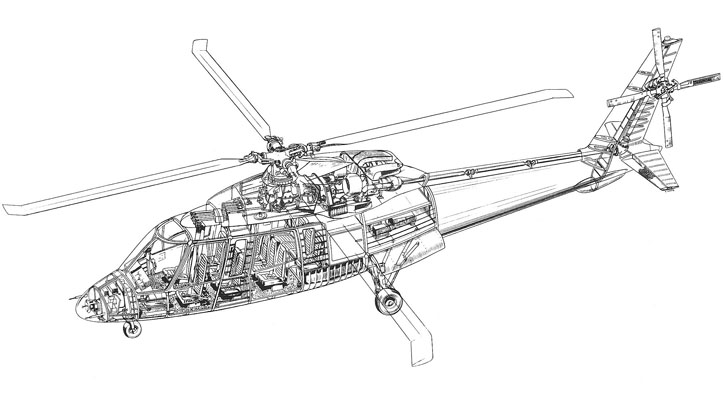

The prototype was rolled out at Stratford, Connecticut on 11 January 1977 and the first flight took place on 13 March. It was certified in 1978 and the first production aircraft was delivered to Air Logistics, 27 February 1979.
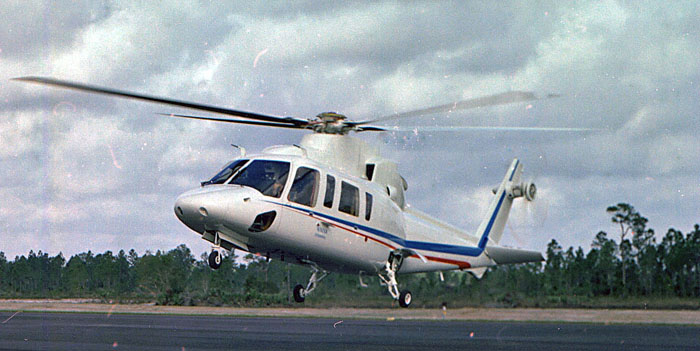
The S-76A is 52 feet, 6 inches (16.00 meters) long with rotors turning. The fuselage has a length of 43 feet, 4.43 inches (13.219 meters) and a width of 8 feet (2.44 meters). The helicopter’s overall height is 14 feet, 5.8 inches (4.414 meters). The four bladed composite main rotor is 44 feet (13.41 meters) in diameter. The blades are attached to a one-piece forged aluminum hub and use elastomeric bearings. As is customary with American helicopters, the main rotor turns counter-clockwise as seen from above. (The advancing blade is on the right.) The four-bladed tail rotor has a diameter of 8 feet (2.438 meters) and turns clockwise as seen from the helicopter’s left. (The advancing blade is below the axis of rotation.) It is mounted in a pusher configuration on the left side of the tailboom. The tail rotor is constructed of composite airfoils mounted to graphite spars.
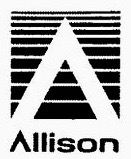
The S-76 has an empty weight of 7,007 pounds (3,178 kilograms). The S-76A maximum gross weight was 10,500 pounds (4,763 kilograms). Beginning with the S-67B, this was increased to 11,700 pounds (5,307 kilograms).
The Sikorsky S-76 has a maximum cruise speed of 155 knots (287 kilometers per hour). It can hover in ground effect (HIGE) at 7,050 feet (2,149 meters) or out of ground effect (HOGE) at 3,300 feet (1,006 meters). The service ceiling is 13,800 feet (4,206 meters).
The helicopter was designed with offshore oil support as a major consideration. It was intended to carry 2 pilots and 12 passengers 400 nautical miles (460 statute miles, or 741 kilometers). Maximum range with no reserve is 411 nautical miles (473 statute miles/762 kilometers).
Sikorsky built 307 S-76As. More than 850 of all variants have been built. The current production model is the S-76D.
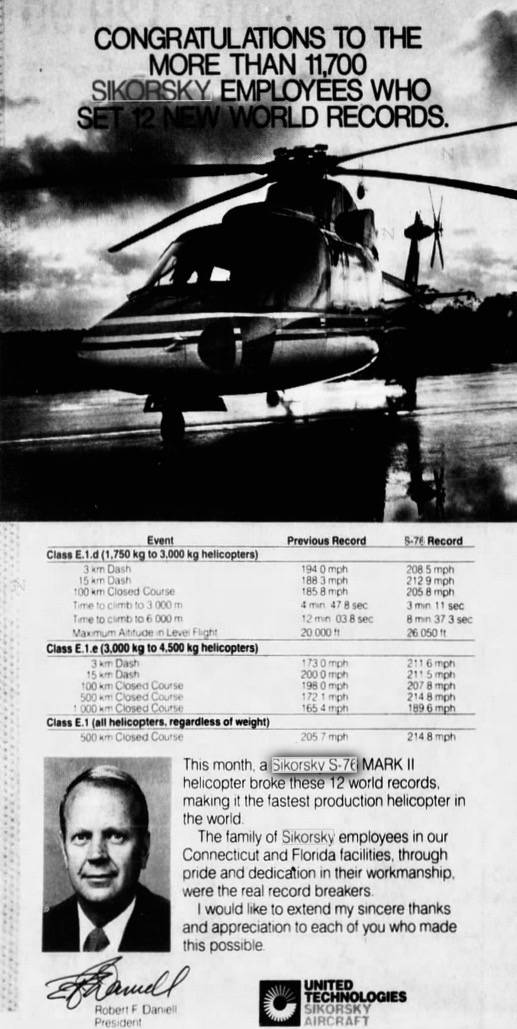
¹ William F. Kramer was killed in the crash of a Sikorsky S-76B, N5AZ, near Sutton, Massachusetts, 6 June 1986. Also killed were another company test pilot, Ronald W. Kuhrt, son of Wesley A. Kuhrt, a former Sikorsky president; William F. Gilson; and Richard C. Elpel. The aircraft had been flying a group associated with King Hussein of Jordan. At the time, sabotage was considered a possibility. The NTSB investigation was unable to determine a probable cause.
² Byron Graham, Jr., a former U.S. Marine Corps officer, along with Lieutenant Colonel Robert P.Guay, performed as series of loops and rolls with a Sikorsky CH-53A Sea Stallion, 23 October 1968.
© 2024, Bryan R. Swopes